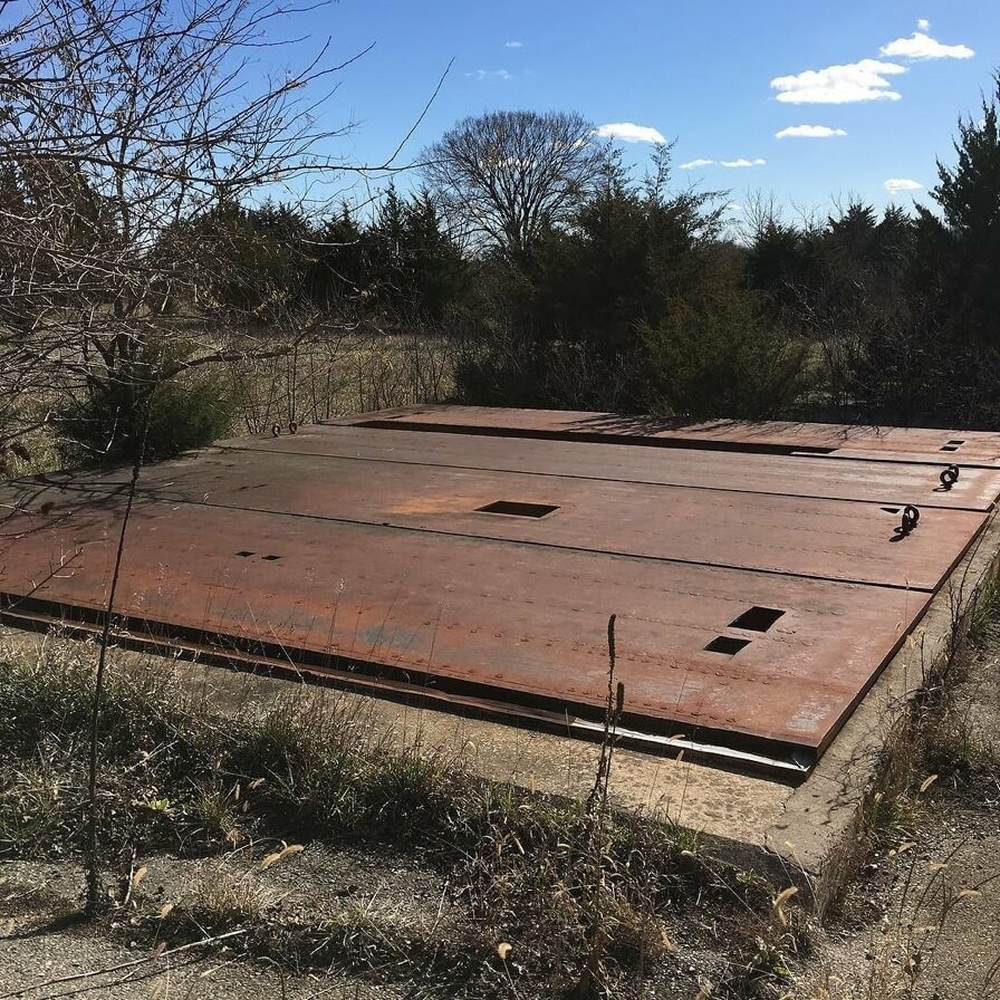
The Air Force won the bureaucratic battles to command the ballistic missile squadrons. Missile and weapons development together surmounted a number of technical, bureaucratic and military hurdles throughout the 1950s. The fear generated by these claims encouraged extensive spending and accelerated development of missiles and nuclear weapons, feeding the nuclear arms race. Instead of having thousands of functioning missiles, the Soviets actually only had four prototypes. In the case of missiles, at least, this concern was overstated. “The most critical years of the gap,” Kennedy said in his speech, “would appear to be 1960-1964 … our military position today is measured in terms of gaps - missile gap, space gap, limited-war gap.” (Goodby) Kennedy argued that the Eisenhower administration had allowed U.S. Senate floor on August 14, 1958, Massachusetts Sen. Missile and nuclear weapon development was given another boost in the mid- to late-1950s during the “missile gap” debate, when Democrats claimed - inaccurately, as it happened-that the Eisenhower administration had allowed the Soviet Union to develop a sizable advantage in ICBM numbers. Missile weight could now be reduced, and the missiles did not have to be so accurate. achieved a breakthrough in thermonuclear research - the hydrogen bomb-that promised lighter, more powerful warheads. This proved extremely difficult to achieve, however. armed services had suggested putting nuclear weapons on missiles. Immediately after the explosion of the atomic bomb at Hiroshima, the U.S. The V-2’s range was only about 200 miles. That was a call for an enormous leap in distance and accuracy. These weapons were not ready in time for deployment against Germany, but work continued on pilotless aircraft and, eventually, intercontinental ballistic missiles (ICBMs).Īfter the war, the federal government awarded a contract to Convair for a missile that could deliver a 5,000-pound warhead to within 5,000 feet of any target 1,500 to 5,000 miles away. efforts to develop pilotless aircraft had lagged before that, the German success inspired intense new research, eventually producing about 5,000 JB-2s (JB for “jet bomb”). It is, however, one of the largest missile-command bases in the nation.ĭuring World War II, Germany unleashed the first missile assaults in history against England, with the infamous V-1 and V-2 rockets. (Holland)Ĭaptain John Pershing lived here while stationed at Fort D.A. Warren AFB was transferred to the Air Force in 1947, and is the oldest continuously active base in that branch of the service. Warren, for whom the fort was later renamed. Pershing married the daughter of Wyoming’s U.S. John “Black Jack” Pershing - then a captain, later the general of the armies in World War I - was stationed at Ft. And during the Mexican Revolution from 1913 to 1916, artillery units from the fort were stationed along the U.S.-Mexico border. In 1901, troops from the fort served in the Philippines. Custer met his fate at the Little Big Horn. Russell fought against the Sioux in the same war in which Gen. In the late 19th century, it was the base for the famous Buffalo Soldiers of three African-American regiments: the 9th and 10th Cavalry, and the 24th Infantry. Fort Russell eventually grew into one of the country’s largest cavalry posts.

The base started out in life as Fort D.A. Its history with nuclear weapons in Wyoming is tied closely to the worldwide tensions of the Cold War, and with the development of missile-based nuclear weapons systems. If Wyoming were a nation, Warren AFB in Cheyenne would make it one of the world’s major nuclear powers. Warren Air Force Base, which in turn is tied to the global development of rocketry and nuclear might. The history of nuclear weapons in Wyoming is intimately connected to the F.


 0 kommentar(er)
0 kommentar(er)
